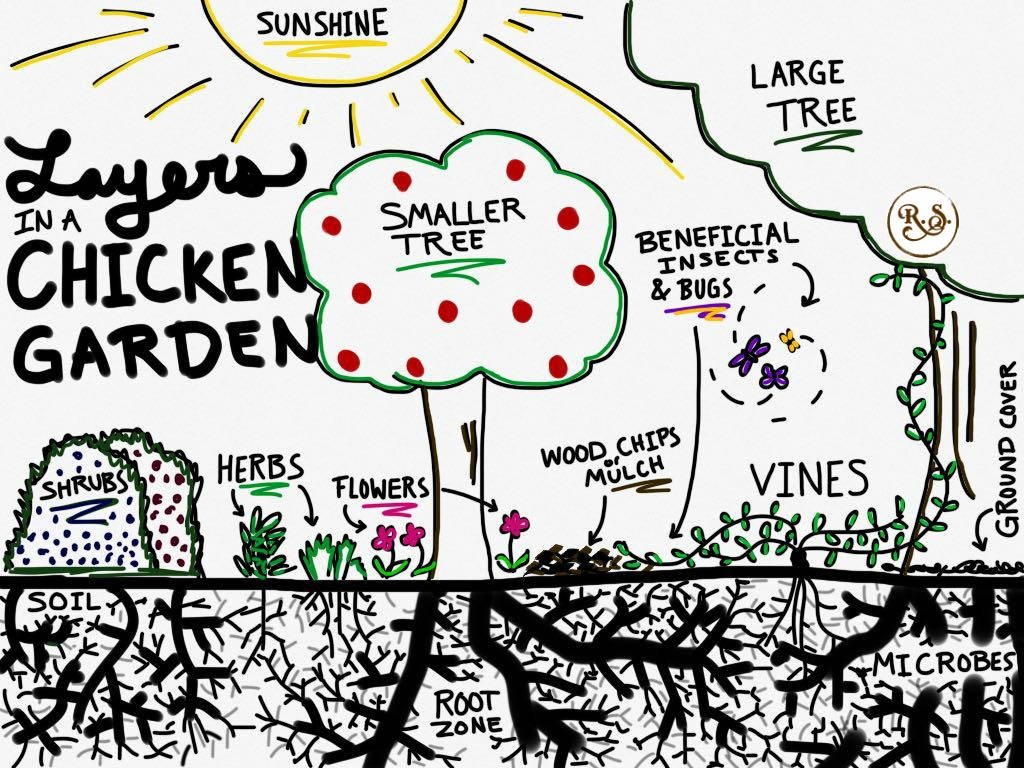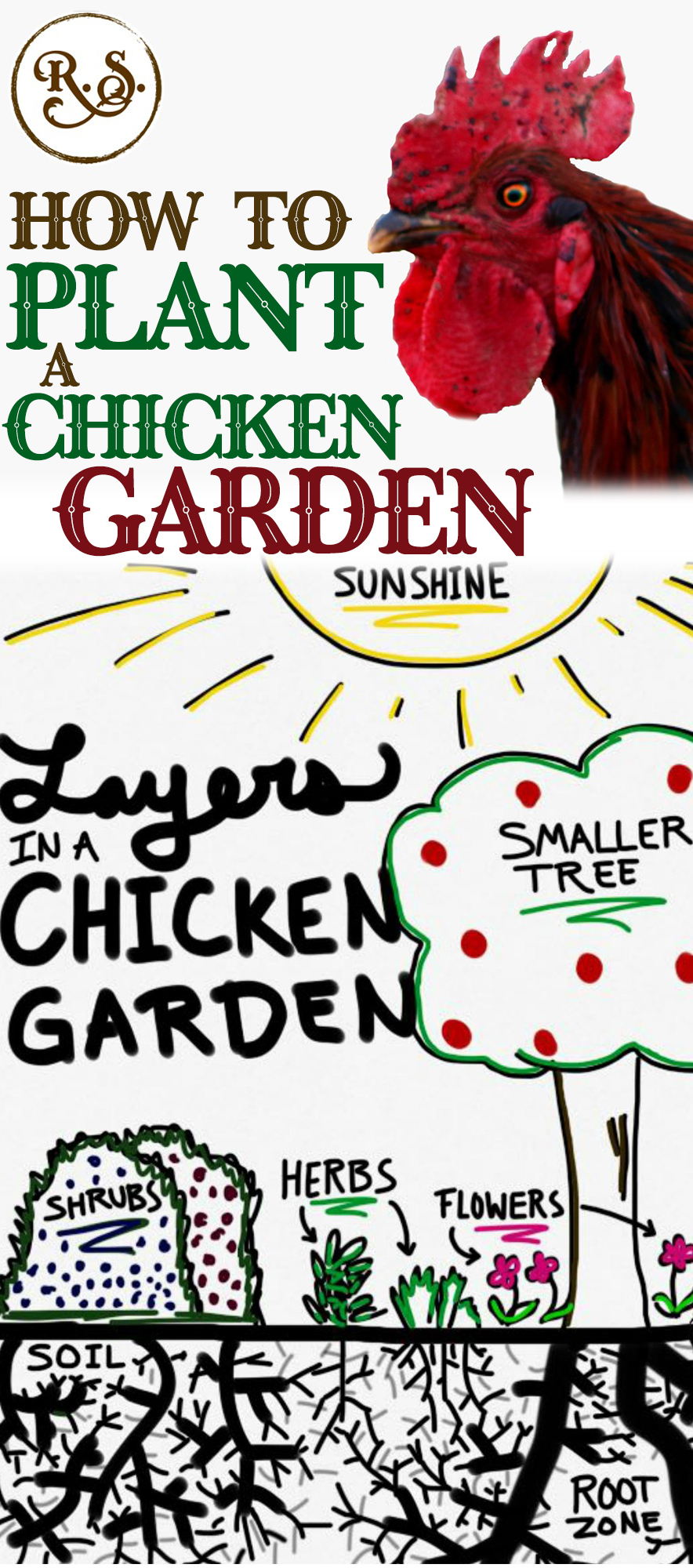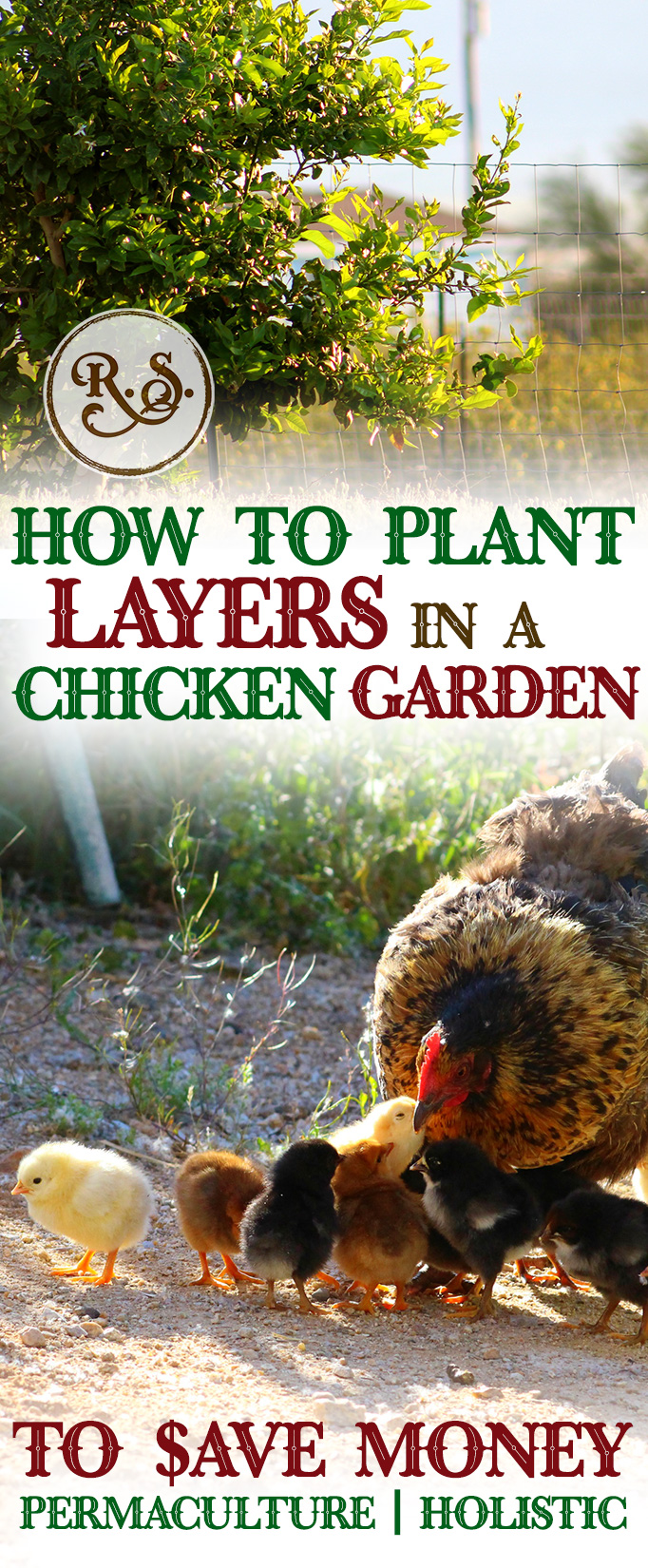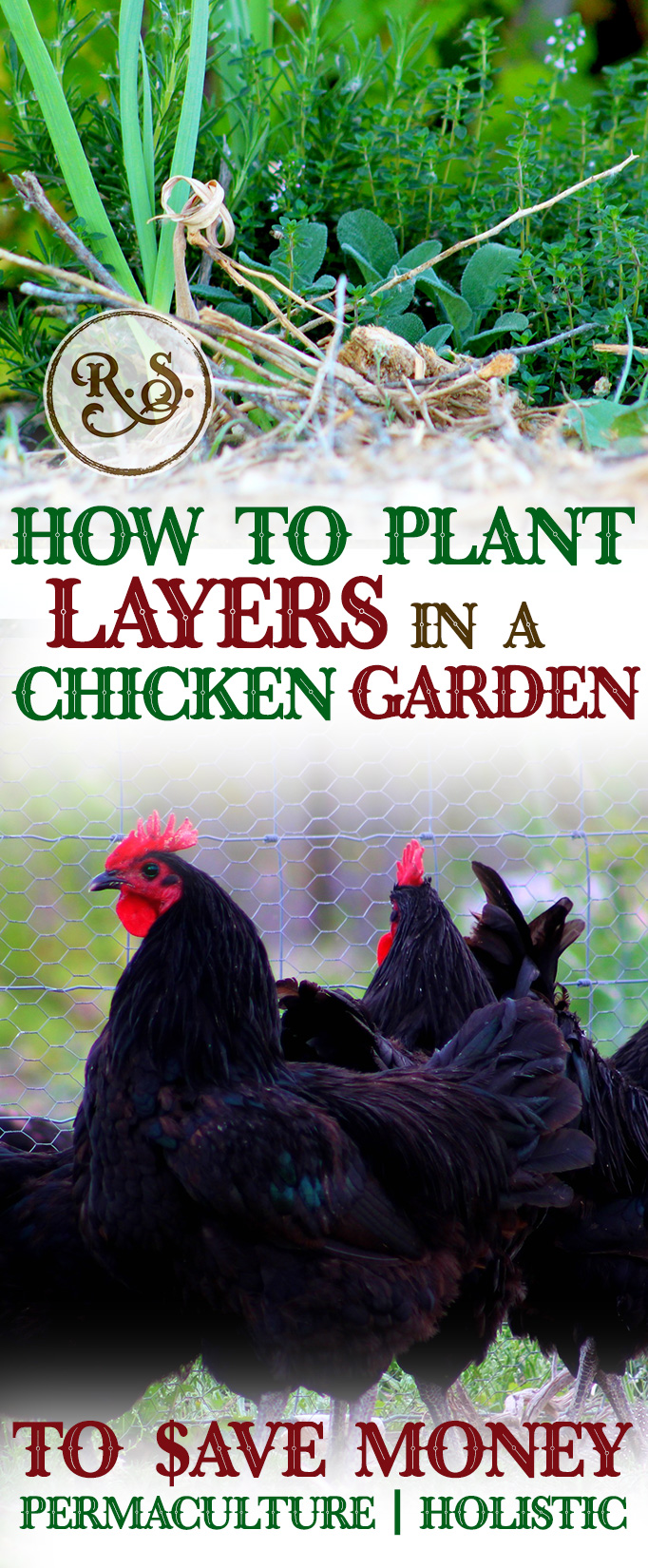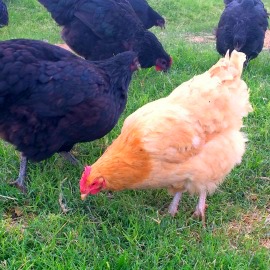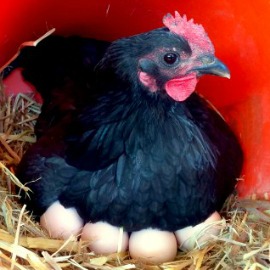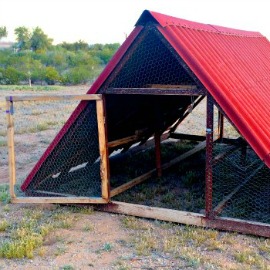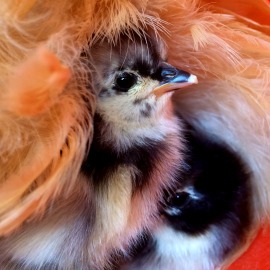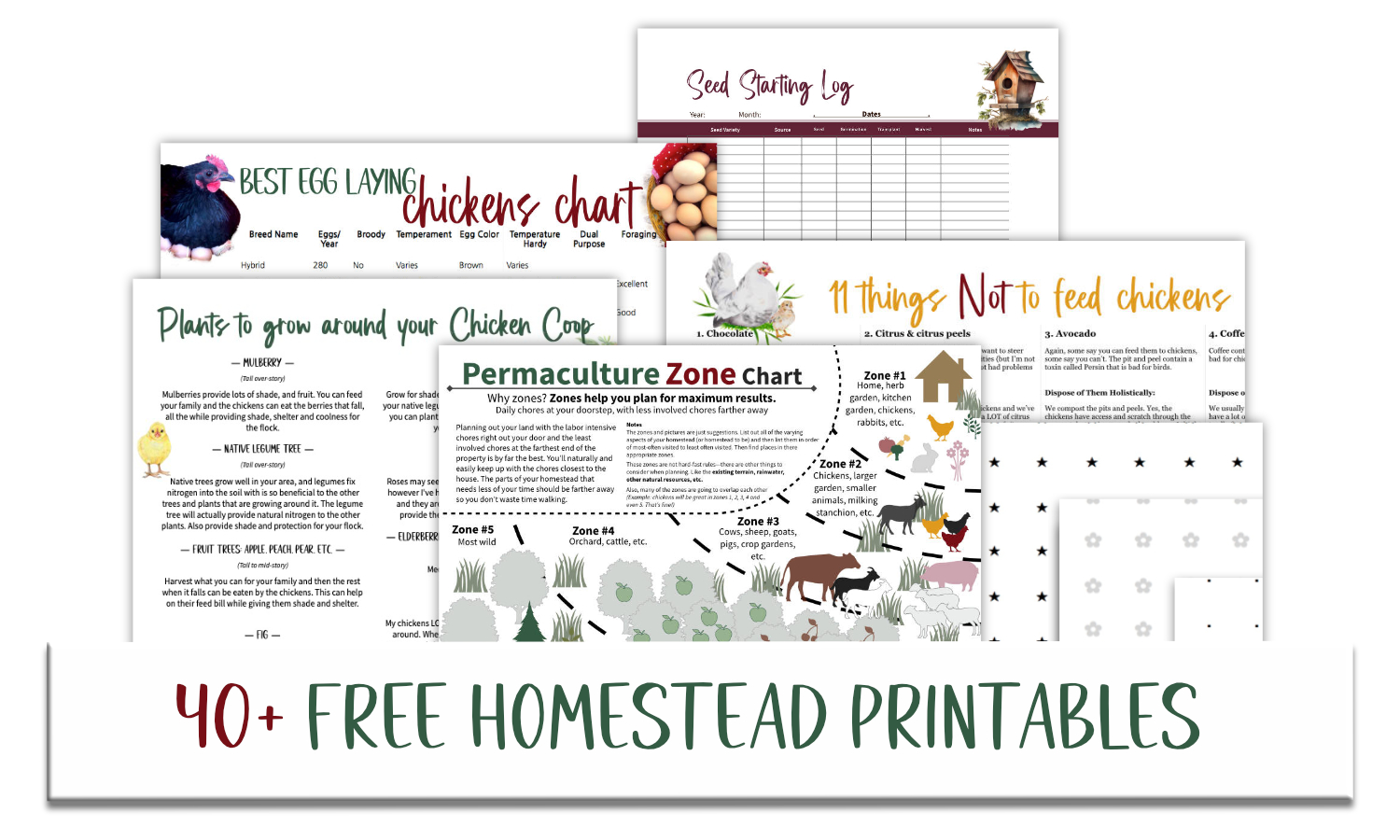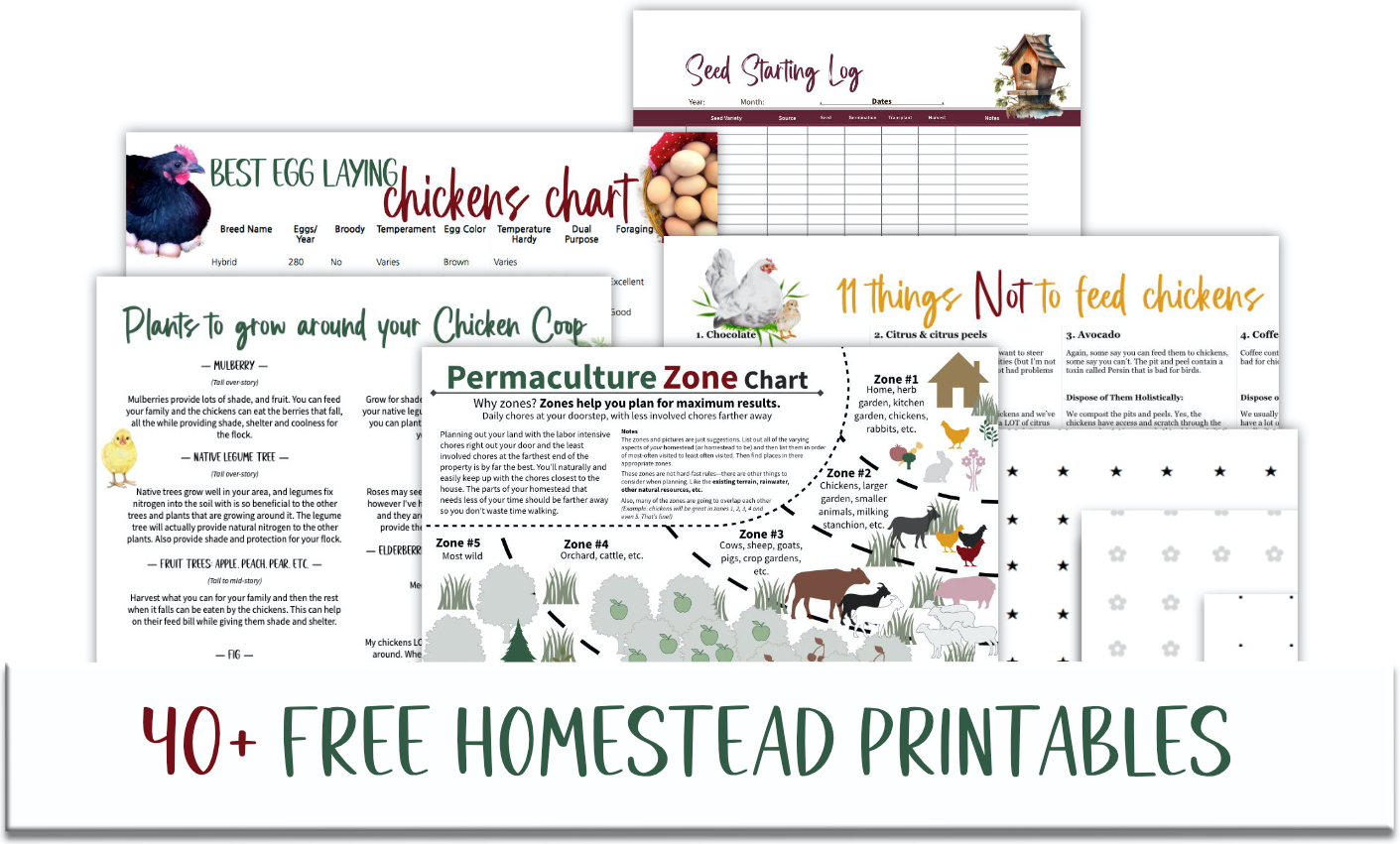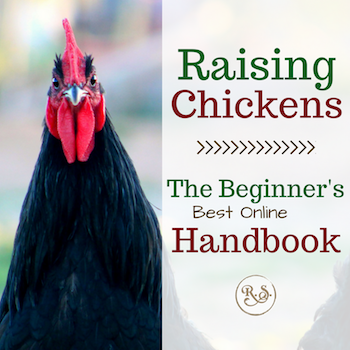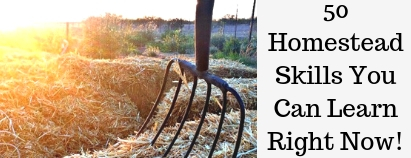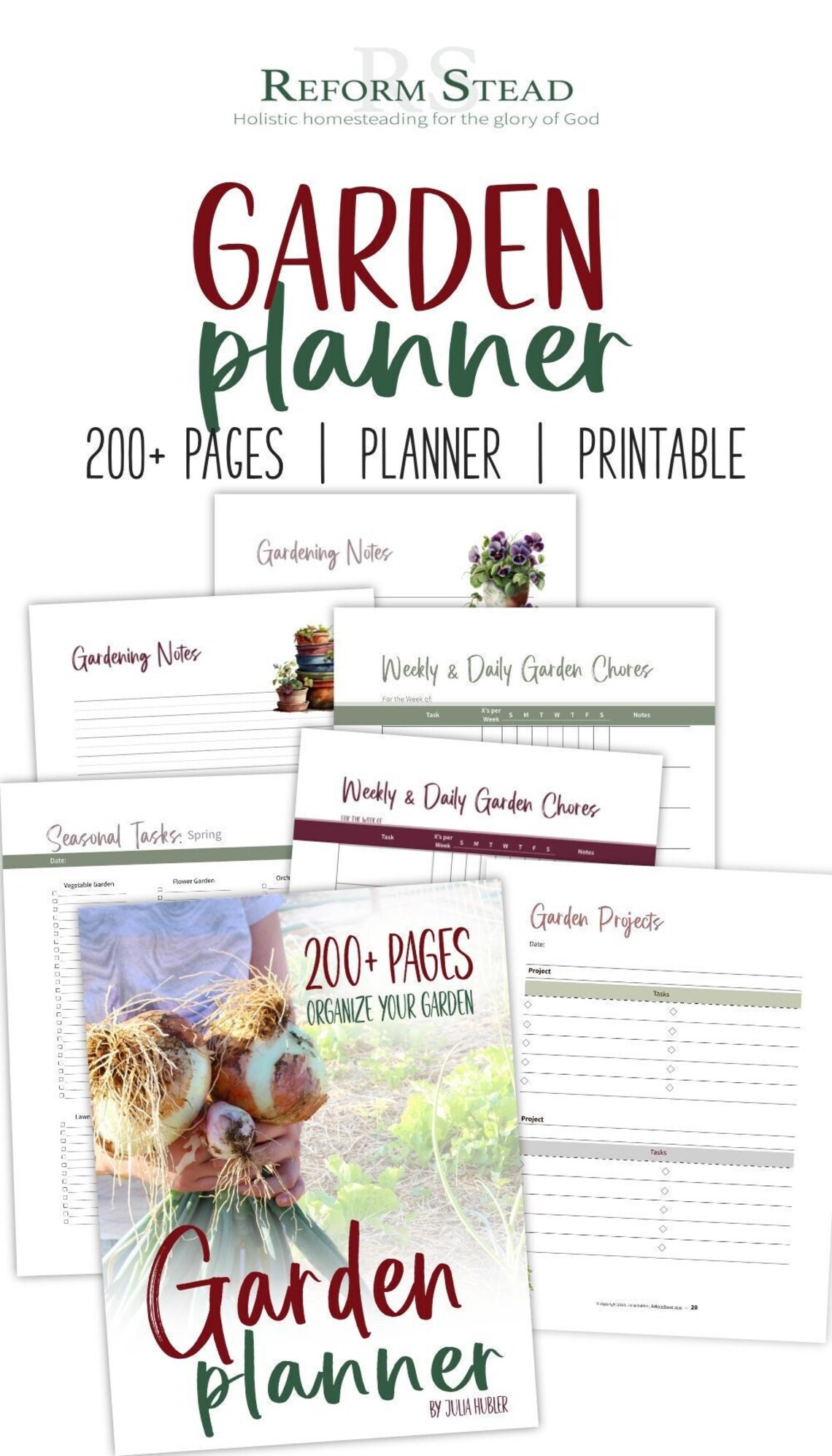How to Grow a Sustainable,
Permaculture, DIY Chicken Garden:
The Plant Layers Needed for Sustainable Chicken Feed
Grow a sustainable garden for your chickens to save money on their feed bill. Planting a variety of herbs, shrubs and trees provides food for your chickens and therefore is a great step for a holistic, permaculture homestead.
In this post we're going to talk about the layers in a chicken garden. By layers I mean growing plants of varying heights. So you have the short ones like groundcovers and herbs, all the way up to the towering pecan trees and everything in between.
We are going to divide these layers based upon their height. The tallest layer, the mid-tall layer, the mid-short layer and the shortest layer. In each section I'll give you a list of several varieties you can choose from for each layer. Then you can pick a plant from each section and plant them together for a food forest for your chickens.
Disclosure: Some of the links on this page may be affiliate links, meaning I may get a small commission if you make a purchase. Read the full disclosure here.
Make It Holistic
It is important to note that as you have fewer species of the tallest layer, you want more and more species in each of the succeeding layers until you reach the lowest layer where you’ll want as many as you can possibly get. This diversity provides a beautifully sustainable garden with a multitude of insects and microbes (in the soil). This is a truly holistic and therefore healthy garden.
The Tallest Layer, Overstory or Canopy
The tallest layer consists of the really tall fruit and nut trees. This layer will provide the lower layers of your garden with shade and protection.
Before planting, think about where the shade is going to be cast from these trees. See how you can use that shade to your advantage. Do you have a chicken coop or outbuilding that needs shade? If not, you may want to plant them on the North side of your planting area (unless you live South of the equator, in which case you'll want them on the South side of your planting area). By planting like this your garden will have some needed sunlight. This layer can include:
- Mulberries
- Pecans
- Macadamias
- Wallnuts
- Chestnuts
The Mid-Tall Layer
This layer consists of shorter trees. Dwarf fruit trees or regular fruit trees that are pruned and kept small fall into this layer.
Before planting, think about what shade is being created by the canopy layer and try to keep the sun-loving trees on the outside of the tallest layer’s canopy. Again about the shade these trees will create. Think about which shorter plants you’d like to grow under here and see how you can plant to the best advantage of the whole system. A few ideas for this layer are:
- Apples
- Peaches
- Apricots
- Figs
- Pomegranates
- Pear
- Moringa (edible leaves and flowers)
The Mid-Short Layer
This layer may contain things like bushes, shrubs, short trees and vines. Try to choose ones that bear fruit like blueberries, figs, blackberries, elderberries, etc., or edible leaves like Siberian Pea Shrub, Moringa, etc.
Before planting, keep in mind what shade is being created by the higher layers and what you want to plant beneath. This layer is more flexible and not as crucial as the higher ones.
Shrubs:
- Blackberries
- Blueberries
- Raspberries
- Elderberries
- Gooseberries
- Currants
- Serviceberries
- Honeyberry
- Goji berry
- Siberian Pea Shrub (edible leaves)
- Moringa (edible leaves and flowers)
Vines: (Support vines by letting them grow up a tree or trellises.)
- Grapes
- Kiwi
- Passion fruit
- Akebia (edible fruit)
- Chayote (a perennial squash)
- Groundnuts (perennial root crop)
The Shortest Layer
In this layer you’ll find a multitude of short-growing species. Herbs, flowers, and groundcovers are all important in this layer.
Before planting, see where all the shade is going to be cast by all the taller trees and plant lots of shade-loving plants there. Find the pockets of shade and try planting a few of the herbs that like a little more sun. Plant ideas for this layer:
- Herbs (another blog post is coming soon to give even more details about herbs.)
- Flowers (attracts beneficial insects)
- Annual vegetables (lettuce, beets, mustard, kale, spinach, etc.)
- Groundcovers (clover, buckwheat, oats, alpine strawberries, etc.)
Root Vegetables & Microbes
This is the layer under the soil, the only one you can’t see. By growing a diverse combination of species (listed above) you’ll be growing happy and healthy microbes. Here are also a few root vegetables you can add to your chicken garden.
Before planting, know when it comes time to dig up your root vegetables, you’ll need to be careful digging because of all the other roots that are growing around your vegetables. A few things you can include:
- Sweet potatoes
- Potatoes
- There are a lot of uncommon root vegetables that you might look into and try as well.
How to Choose
Pick a few species from each list. Pick them based upon…
Your climate. Find ones that are known to thrive in your climate. It there are others you would like to grow as well, get some of the hardy ones growing first before experimenting.
The other plants you have chosen for your system. When choosing, try to look at all the ones you’d like to plant and make sure they have similar needs as far as, things like water requirements. You’re going to have a hard time if you plant a desert cacti next to a rainforest tree.
Growing a chicken garden is a great way to get your homestead on the path to sustainability. In the next few weeks I’ll have a post on how to start a chicken garden and which herbs you should include in it.
If you’re interested in cutting your chicken’s feed bill, check out this page to learn more:
Links on this page may be affiliate links, so I may get a small commission if you make a purchase. Thank you for supporting this blog! 🤗 Read the full disclosure here.
Hey there! I'm Julia. I live in Arizona on 2.5 acres, with HOT summers☀️, lots of cacti🌵 and amazing sunsets🌅! A sinner saved by grace, I'm also a homeschool graduate🎓. The oldest of six, I live with my family at home🏡. Serving the King, Jesus Christ, above all is my number one goal. Read more -->

|
Soli Deo Gloria! (Glory Be to God Alone!) ~ Julia
|
-
-
Soli Deo Gloria! (Glory Be to God Alone!)
~ Julia
 Hey there! I'm Julia. I live in Arizona on 2.5 acres, with HOT summers☀️, lots of cacti🌵 and amazing sunsets🌅! A sinner saved by grace, I'm also a homeschool graduate🎓. The oldest of six, I live with my family at home🏡. Serving the King, Jesus Christ, above all is my number one goal. Read more --> |
psst...Instagram is my favorite 👇😉
-
-
.

Only takes 35 to 75 days from ground to plate. A wonderful collection of greens of diff... [More]
Start your own Mexican Salsa garden seeds indoors and get a jump on the growing season.... [More]
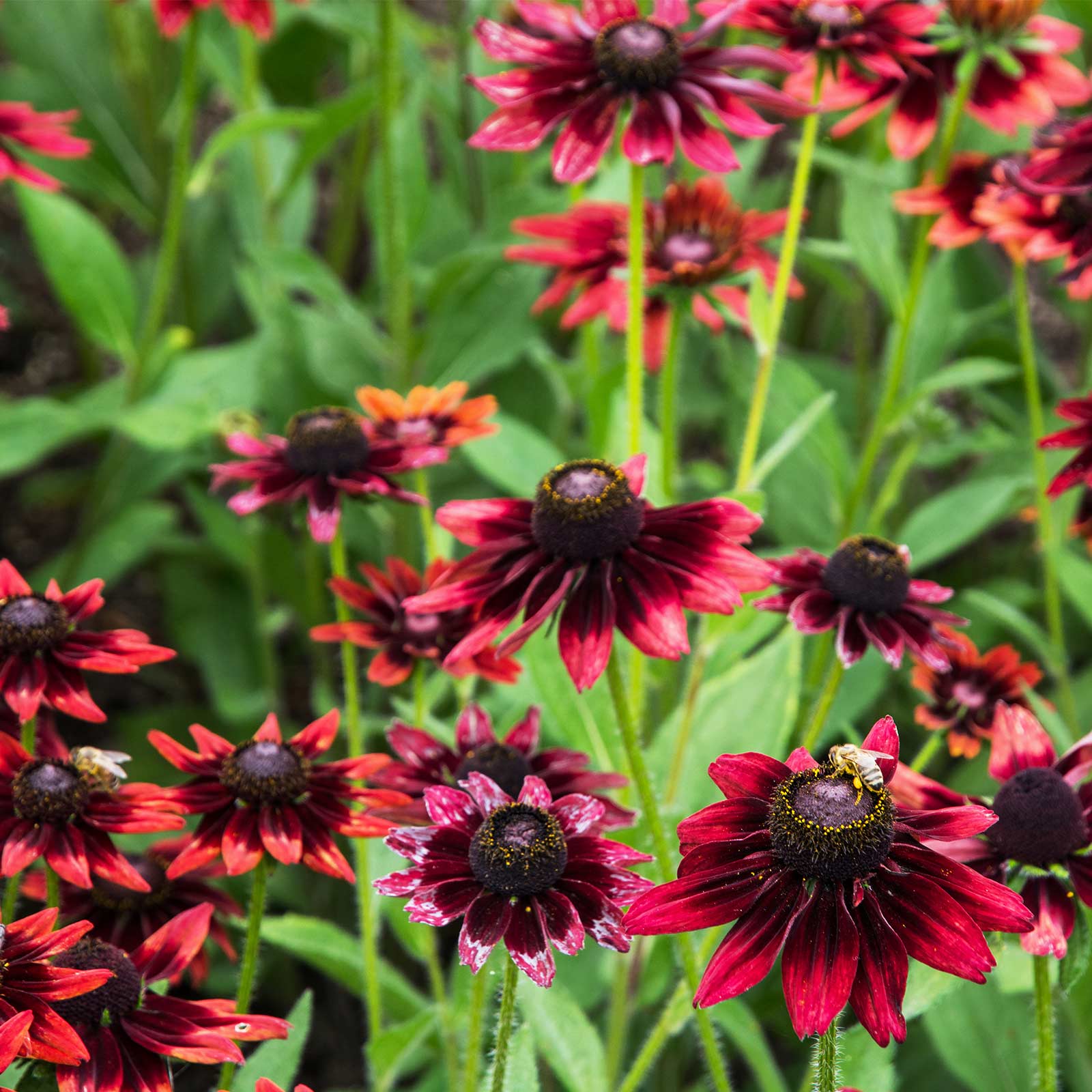
Rudbeckia hirta 20 inches. A dazzling show of 3\" blooms in shades of cherry red. Prol... [More]
.
